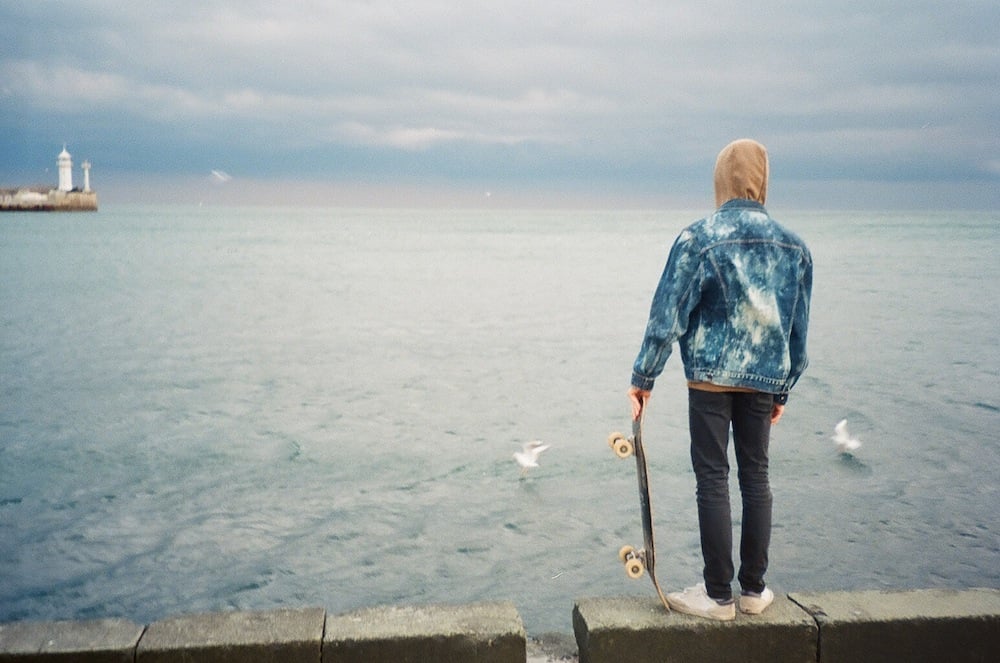Gilt trip: Anna Skladmann’s unsettling portraits of a new elite
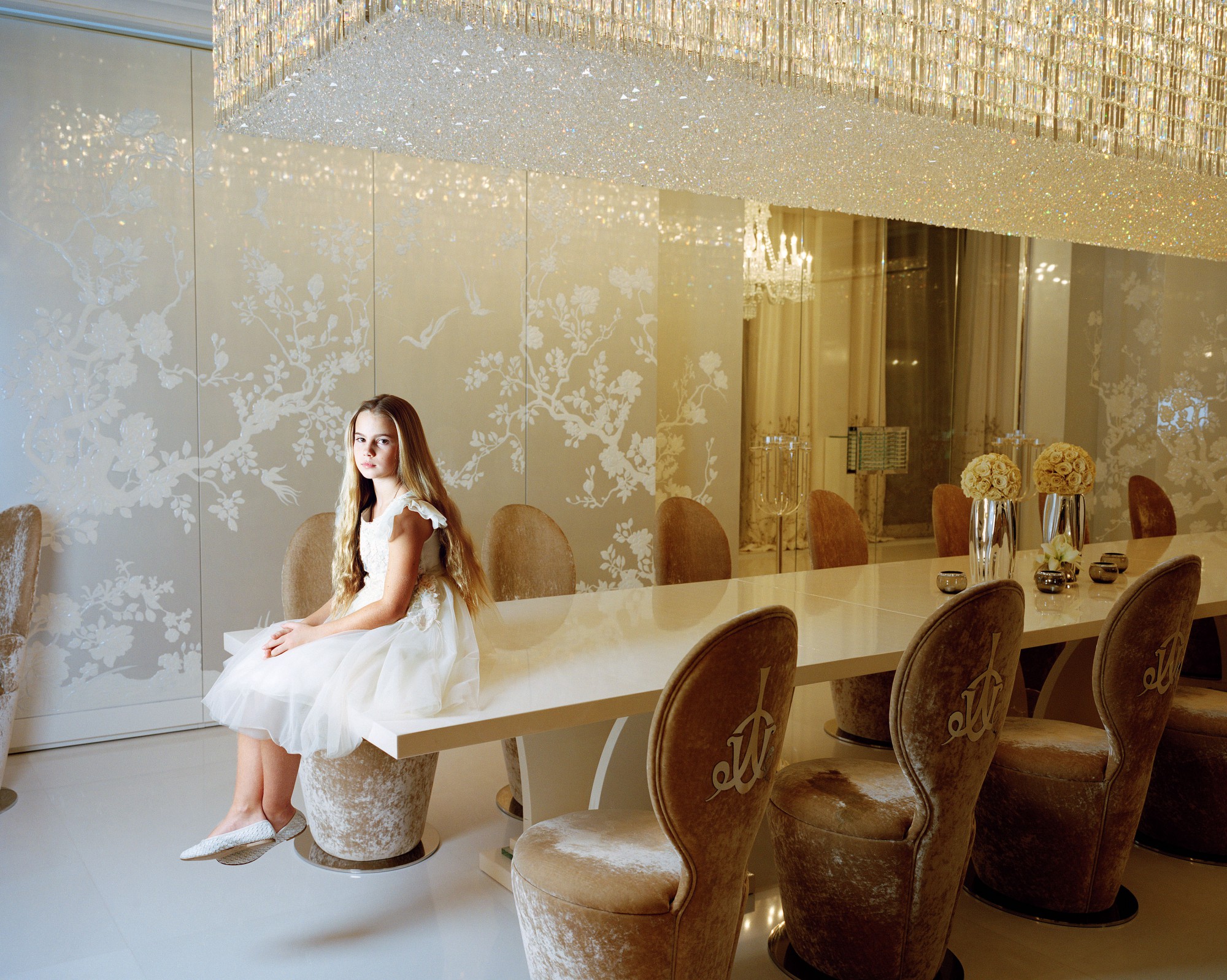
Anna Skladmann's Little Adults is a visually captivating insight into the lives of the children of the super-rich that raises subtle questions about photography and Russian society. Agata Pyzik ponders the paradoxes
See more of Little Adults here
The initial impact of Anna Skladmann’s Little Adults is alarming. Hieratic, god-like little creatures dressed in the world’s most expensive clothes pose opposite us with a mixture of sulkiness and vulnerability. They know that they are the rulers of the world, that nothing can threaten them. And yet, despite the pomp, the gold and the splendour, they look weirdly lonely, melancholic, abandoned — even when they’re dressed as little Bolshoi ballerinas, or “rebels”, or as simple country girls outside their dachas.
Between 2008 and 2010, 26-year-old photographer Skladmann, who was born in Germany to Russian parents, approached the families of Russia’s wealthy elite and asked to photograph their children, in effect creating a real pantheon of the future ruling class. These children are “little adults” because of the responsibility that lies on their shoulders as the heirs to their parents’ businesses and fortunes. But, more than this, it is because they look and behave as if they never had a childhood.
“The work is visually stunning, beautiful and polished, but still maintains the possibility of stirring quite a wide range of reactions”
The opulence of the photographs hints at major social shifts in recent history. During the shock therapy that followed the collapse of Soviet Union, the commanding heights of the Soviet economy were sold off at a pittance to apparatchiks and officials close to the Yeltsin family, almost instantly transforming them into billionaire industrial tycoons. They became so powerful that in the Nineties they had a direct, and often quite open, influence on policy-making. In the early Noughties Vladimir Putin made a great play of picking on several of the most prominent of them, like Mikhail Khodorkovsky or Boris Berezovsky, who were put through show trials. In contrast to the famous Soviet show trials, however, the accused in this case were usually actually guilty, although mostly not of the crimes they were charged with.
Despite these ostentatious purges, the perception of Russia as an oligarchy persists. And with good reason: the beneficiaries of the corruption of the Yeltsin years remain the aristocracy of the New Russia, and the rest of society continues to aspire to their wealth. Of course, many of the families depicted in Little Adults made their fortunes without any help either from corruption, or from the mineral and hydrocarbon windfall of the Nineties. But their great wealth, while perhaps not on the level of the original oligarchs, is still a product of the polarisation of the economy that took place at that time, as is the opulent aesthetic used to express it.
The continued hold on Russia of this new quasi-nobility seems to be one of the reasons behind Skladmann’s series. Many of the photographs resemble nineteenth-century academic, neoclassical painting, evoking the likes of Jean-August-Dominique Ingres, Alexandre Cabanel and John Singer Sargent, or the imperial Russian tradition represented by the portraits by Valentin Serov, Ilya Repin or Mikhail Vrubel. This aspect strengthens our impression of them as little princesses and princes: their uncanny wealth makes them look like characters from the fairy tales of the Brothers Grimm, locked in their castles by terrifying and omnipotent parent-emperors; it’s as if they had been turned into stone by evil sorcerers. Known to us only by their first names, we can only speculate whose son or daughter they might be: whose daddy owns half of Russia’s gas, whose is in charge of the steelworks and whose owns a chain of sushi shops. That makes it even more unsettling, because we don’t want to mess with such powerful creatures. The author states she collaborated closely with her little models: they chose the environments and the situations they were photographed in themselves. Even then, they look desolate and lonely, imprisoned in their parents’ big, scary houses.
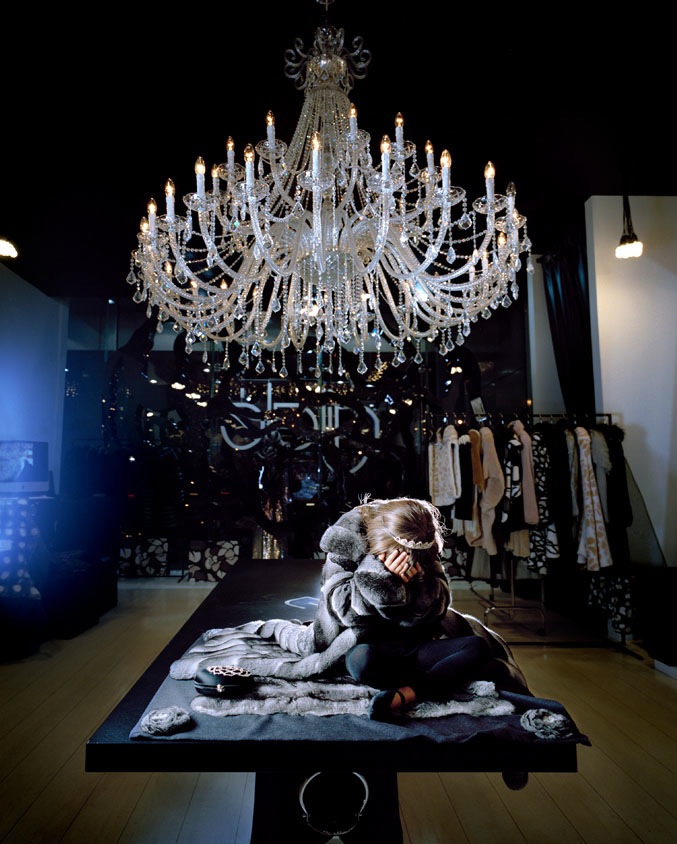
Alisa in Her Mother’s Fur Store, Moscow (2009)
Skladmann attains perhaps the ideal of portrait photography: the work is visually stunning, beautiful and polished, but still maintains the possibility of stirring quite a wide range of reactions. We feel anger, disbelief and pity for the little adults all at once, while all the time still admiring the texture of their dresses. These are possibly the “happiest” — and most definitely some of the richest — children on the planet, rolling in gold and jewellery, dressed by Baby Dior and surrounded by the unbelievable luxury of their palaces. What’s more, we never forget that we are looking at the heirs to power, the people who most probably, save for a recurrence of the October Revolution, will be ruling this country. Completely unaffected by the fates of Marie Antoinette or Louis XVI, of Tsar Nicolas II or Tsarina Alexandra, they cultivate their conspicuous consumption now, and, with the help of the photographer, reach the level of religious icons.
“Skladmann’s protagonists display a sort of wan post-Soviet vulnerability”
Skladmann herself, despite her Russian origins, doesn’t lay claim to any particular “Russianness”, and considers herself a foreigner. Successful at a young age, she in some ways shares the same caste as her subjects. But the thematic range of her short career point to a broader awareness than the scions of the plutocracy. Her series 1991 shows people born exactly in the year of the collapse of the USSR. The characters in this series, spread all over a country that has now become federation, speak of their dreams — most want to escape from Russia. Skladmann is primarily interested in portrait photography, and in her subsequent series like Market and Otlichniki she explores various levels of Russian society, from children’s camps to struggling street vendors. Sochi depicts holidaymakers in this famous Soviet summer resort. It is interesting to compare Skladmann’s Sochi to Crimean Snobbism, a similar project by the old master Boris Mikhailov, which shows Soviet-style leisure in the Seventies. While the latter is characterised by boisterous physicality, Skladmann’s protagonists display a sort of wan post-Soviet vulnerability. Sad, thin and pale, they don’t look as if they are enjoying themselves particularly; they seem neurotic about their precarious lives even during this shabby vacation.
Skladmann’s attempt to create a broad panorama of portraits of post-Soviet Russian society resembles August Sander’s attempt to portray all the different social classes in Germany between the wars. A champion of New Objectivity in photography, Sander wanted to create an all-encompassing, Darwinian and encyclopaedic atlas of the human physiognomies of the time — a project which then became a blueprint for any documentary, sociological photographer. Equally, however, Sander inadvertently contributed to the conception of socialist realism, with its “ideal”, archetypal portraits of “the worker” or “the leader”. Little Adults is situated exactly at the midpoint between the pre-revolutionary Russian dependency on tsarist kitsch, taken straight from court portraiture, and a certain monumental revival of it as socialist realism during Stalinism. Yet, it’s used critically to create an effect of estrangement: we don’t see just the children, we see the forces that helped build a system of money-as-power which undermines any possibility of democracy in Russia today.
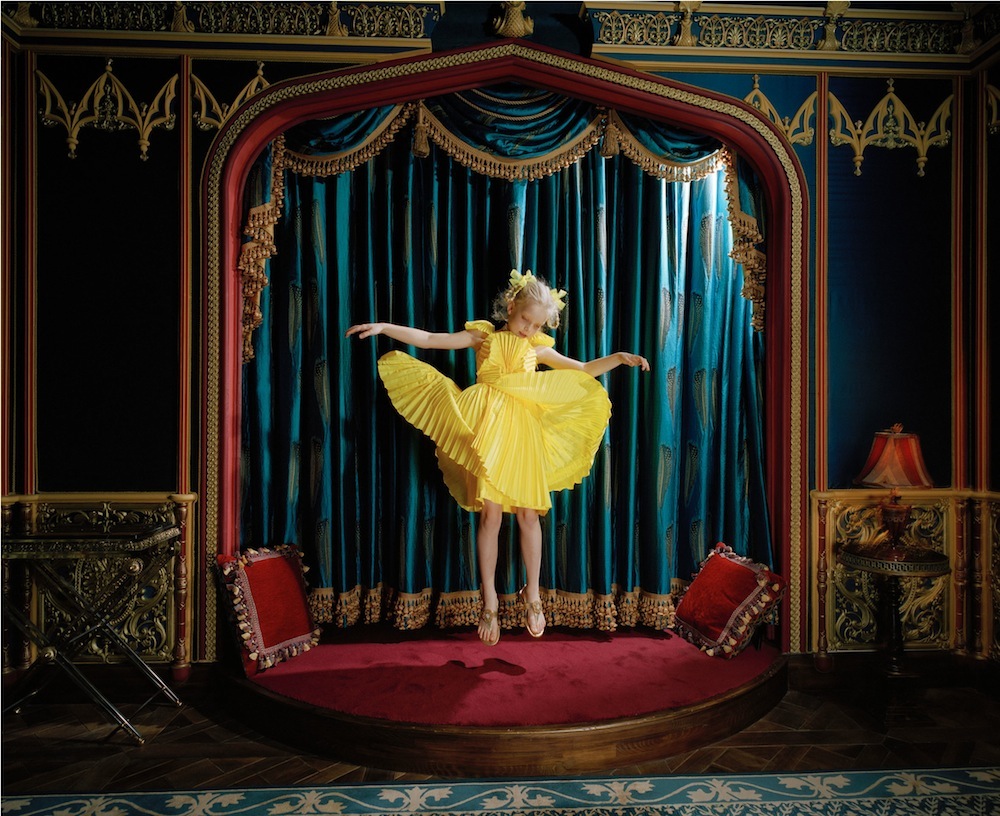
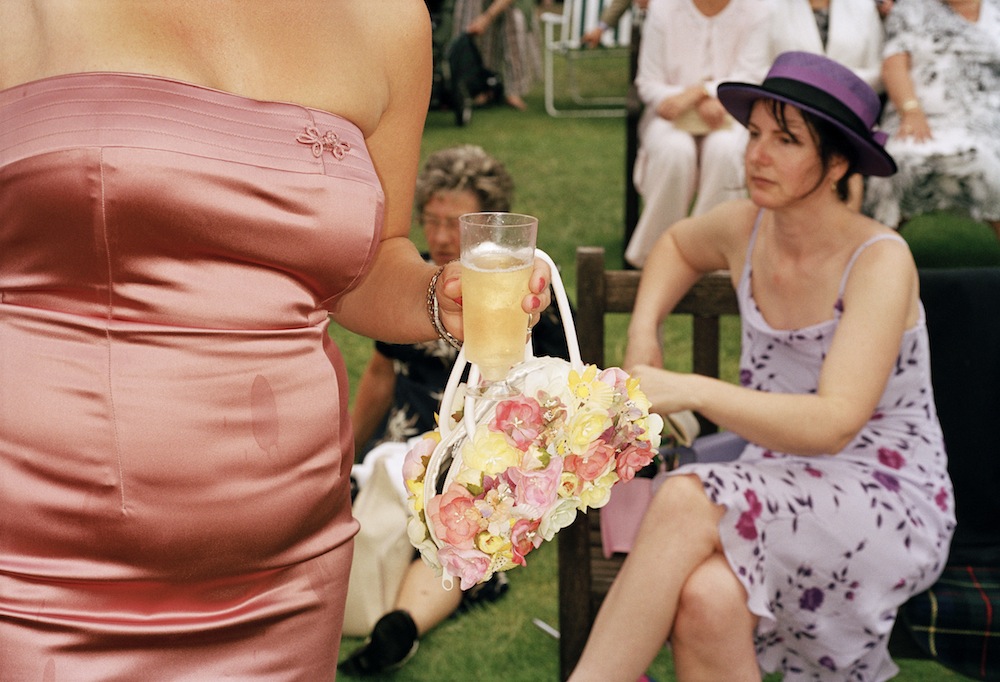
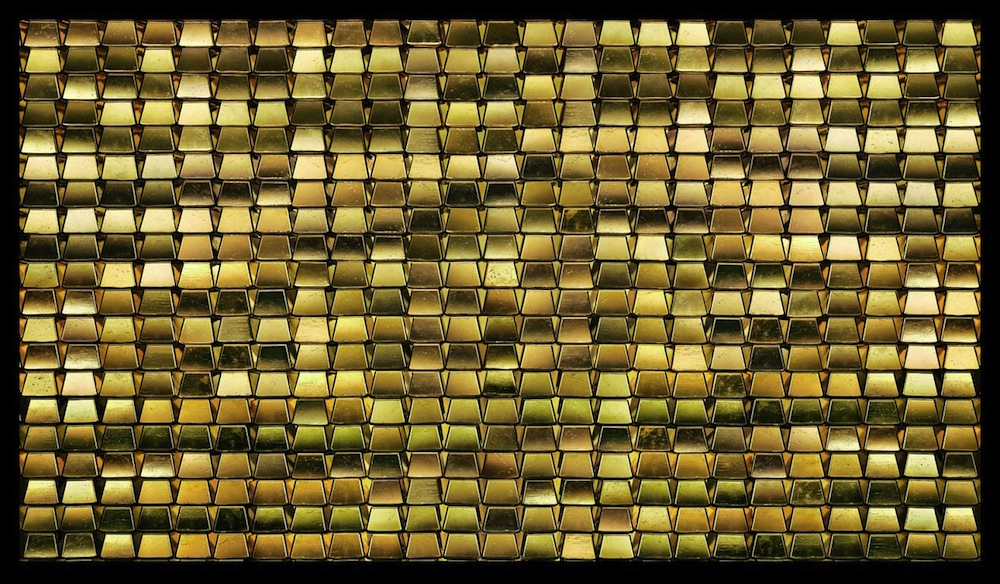
.jpg)
